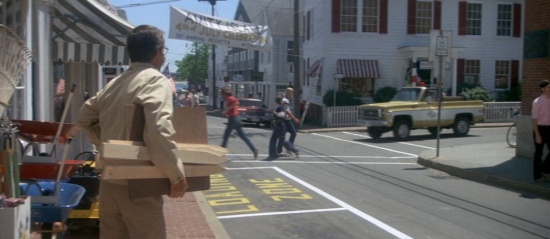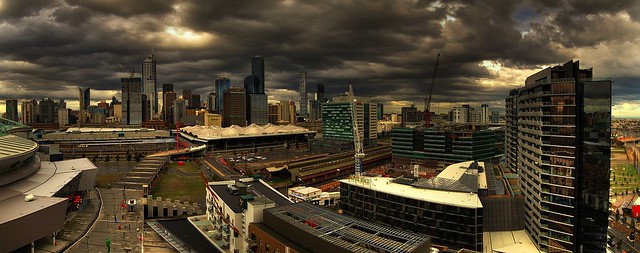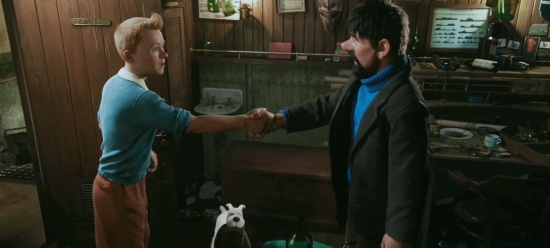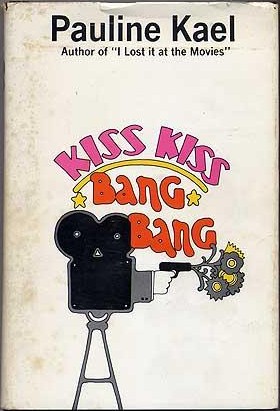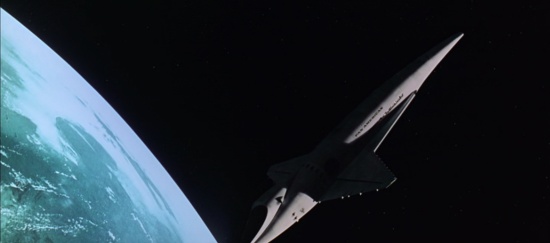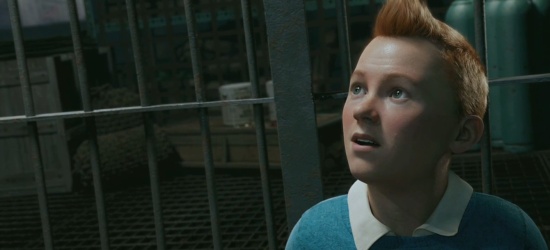
I don’t know if a critic can be said to be trolling if he’s published by a major newspaper, but Jim Schembri is surely coming close with this piece on why Alvin and the Chipmunks: Chipwrecked is a better piece of animation than Tintin.
My problem is not with the central thesis. I love championing of so-called “low” movies, and I love it when critics find things in a movie they think others have overlooked. I haven’t subjected myself to Alvin 3, and am not about to simply to see if Schembri is right. But just taking the Tintin side of the equation here, the article is full of comments that don’t add up.
